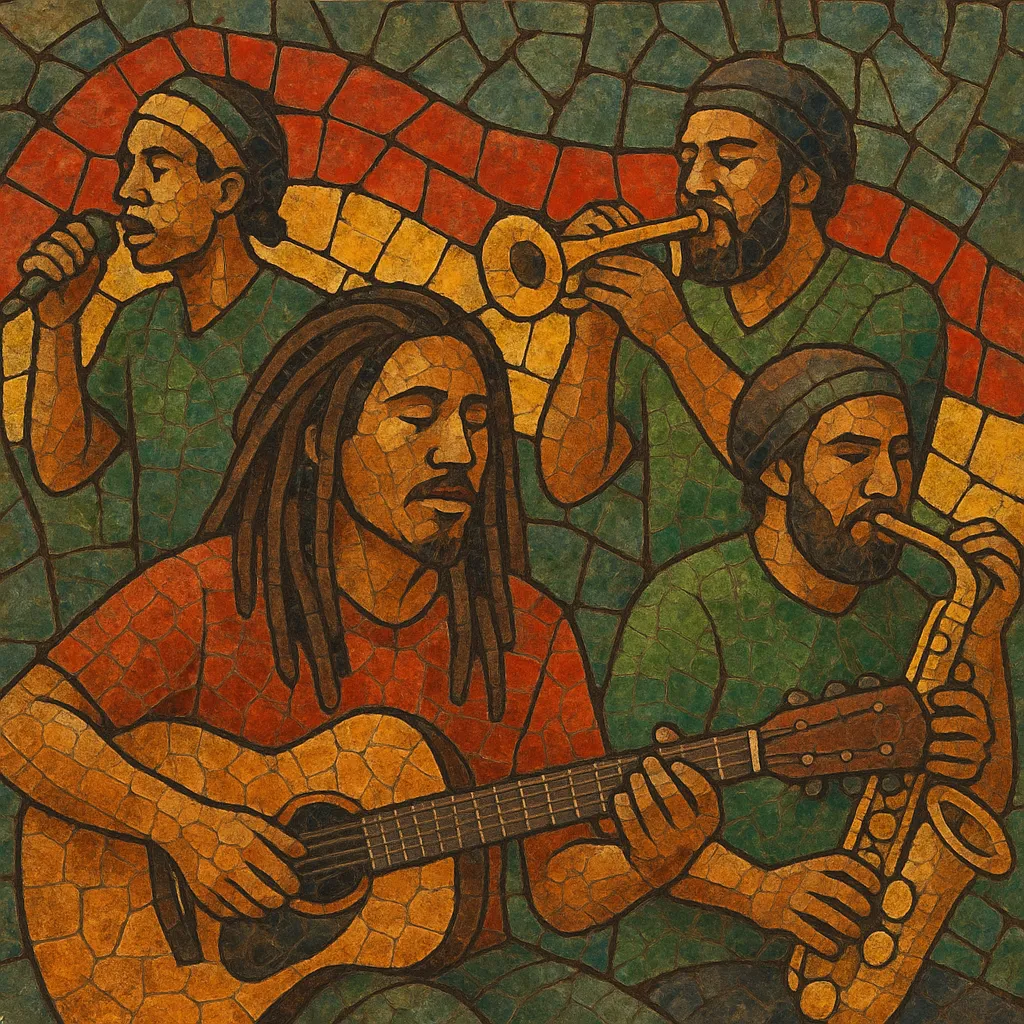NZ reggae (often called Aotearoa reggae) is the New Zealand take on Jamaican reggae and roots culture, blended with Māori and broader Polynesian vocal traditions, community-focused lyrics, and a distinct dub-heavy production aesthetic.
It is characterized by warm, melodic basslines; skanking off‑beat guitars and keys; soulful multi-part harmonies; and frequent use of live horns. Many artists incorporate te reo Māori, references to whenua (land) and whānau (family), and themes of social justice and pride, giving the style a strong sense of place and identity.
While rooted in roots reggae and dub, NZ reggae comfortably fuses funk, soul, and occasional rock influences, and is known for expansive live jams and laid‑back, festival‑ready grooves.
NZ reggae emerged in the late 1970s as Jamaican reggae and roots music spread worldwide. Bob Marley’s 1979 tour of New Zealand was a catalytic cultural moment, inspiring local musicians and audiences and helping seed a uniquely Aotearoa expression of reggae. Early adopters began blending roots rhythms with Māori and Polynesian vocal harmony traditions and community-minded storytelling.
In the 1980s, Herbs became a foundational group, pairing roots reggae with sharp social commentary on indigenous rights and nuclear issues, shaping the genre’s conscience and identity. Through the 1990s, a grassroots live circuit and community radio supported a growing scene, while dub experimentation and Pacific harmonies deepened the sound’s local flavor.
The late 1990s and 2000s saw a flourishing of bands that blended reggae, dub, soul, and live improvisation—most notably Salmonella Dub, Fat Freddy’s Drop, The Black Seeds, and Trinity Roots. These acts popularized long-form grooves, horn sections, and studio-to-stage dub techniques, helping NZ reggae find international audiences and festival stages.
In the 2010s and 2020s, groups like Katchafire, House of Shem, L.A.B., Kora, Sons of Zion, and Tomorrow People brought NZ reggae and reggae-pop hybrids deeper into the mainstream. Streaming era reach, strong live reputations, and continued use of te reo Māori and Pacific themes maintained cultural specificity while broadening global appeal.
NZ reggae retains the roots emphasis on groove, positivity, and conscience, but adds Polynesian choral blends, local narratives, and dub-forward production. The result is a warm, communal sound synonymous with Aotearoa’s festival culture and musical identity.


